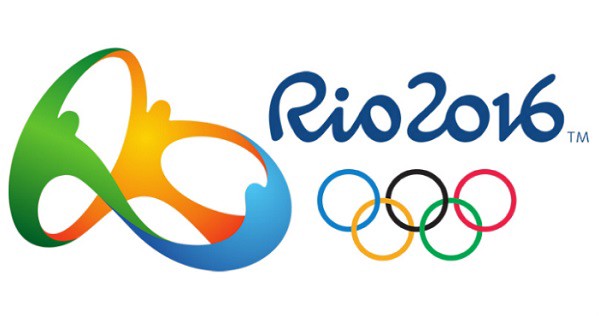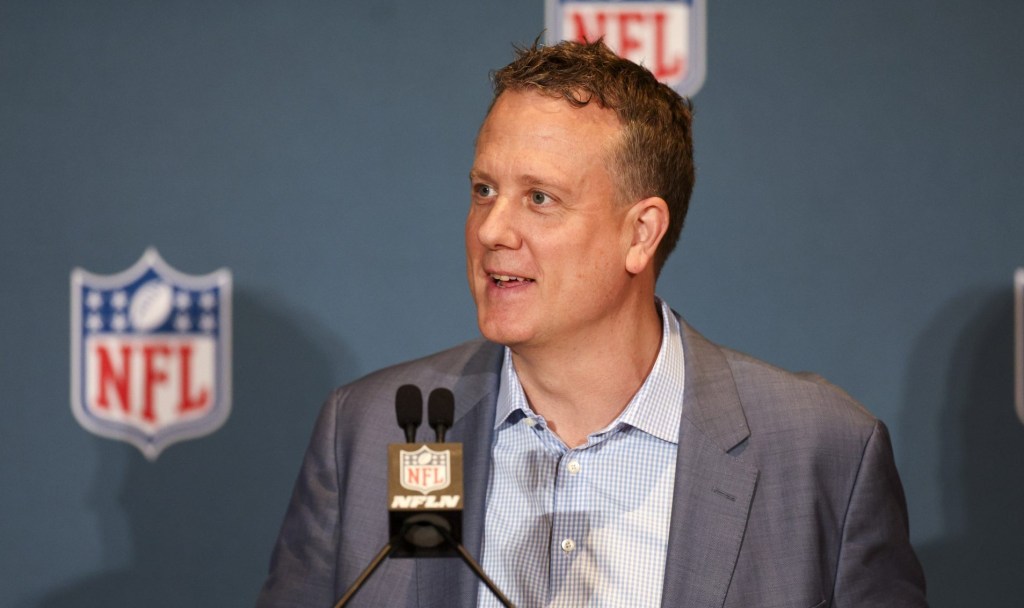
By: David Skilling, @SIX1DS
For athletes and their sponsors to maximize the games, they needed to sit down and have a brain-storming session about what they want to achieve after Rio.
I have two clients heading out who face the same situation from the British Olympic Association (BOA), and British Paralympic Association (BPA), James Ellington, Team GB 100m sprinter (Olympics) and Richard Whitehead MBE, Paralympics GB 100m and 200m sprinter, and world record holder.
My advice to them is to think about how you can leverage the exposure for future use. By this I mean, come up with creative ways you can engage the world Olympic and Paralympic audience and build a personal rapport with as many people as possible that will feel compelled to follow you long after the games are over. By doing this you can comply with the rules while still benefitting long term financially.
This is something athletes should be doing as part of their day-to-day social media activities anyway, but it should definitely be ramped up through the summer games period.
I want to revert back to the title of this article “Attention is leverage and leverage creates opportunity”, this is a mantra that athletes should say to themselves every morning with the business aspect of their careers in mind.
How to create attention
In 2016 athletes should regard themselves as media entities. The explosion of social media platforms has meant that athletes can now control a stake in the media world and demand a larger revenue share that would have just been a percentage from the leading media distributors around the world in the past.
Before, the only option for athletes to generate revenue from media content would be when they would get paid a fee to contribute content to the media outlets, now athletes can be the media outlet and take 100% of the revenue generated through advertising, but also with the attention gained they can use that as leverage in commercial deals to make more income.
Platforms like Youtube and Facebook Live are now the athletes personal ESPN, the difference being that the owner of the channel takes all the ad revenue to the bank and are not relying on a media company to pay them a fee for their time. In fact, content created and monetized on their own platforms becomes passive income they can generate revenue from years after they’ve retired. If athletes can come up with creative content ideas, they can gain a lot of attention by providing high value to their current and target audience, when you provide value, people share it!
Making a real effort to create content in Rio can be the difference in an athlete siphoning the Rio audience and maintaining strong marketing momentum long after the games, and continuing to attract opportunities for revenue. Or, returning back to relative peace and scratching their heads as to where they’re going to find the funds to support the next seasons training.
Something else that is very important and not just isolated to Rio, is the often forgotten aspect of social media, the social part, the clue is in the title…
Professional athletes typically use their channels as distribution platforms like media outlets but rarely engage with their audience in a two-way relationship. Now, if you’re a very popular athlete you can’t possibly talk to everybody, but if you’re seen as someone who takes a little time out of their day to respond to comments you will set yourself apart from the majority. This presents you as someone who cares about their audience and isn’t all about themselves, which leads to word spreading about how accessible this athlete is and creates a larger audience because people love to connect with those who are successful. As far as personal brand image perception is concerned, this is gold!
So what about brands?
Brands have to get creative with their approach to the Olympics and Paralympics and think of ways to gain exposure while abiding by rule 40. The IOC have stated, “If there is a concerted effort to create an unauthorized commercial association with the Olympic Games or the Olympic properties, then we will take swift action.” So this means brands need to be very careful about how they go about leveraging the Olympic period.
Under Armour are a great example of how to attack the situation head on. They are not an official Olympic partner but have rented a number of outdoor gyms on a stretch of beach in Rio where they will host marketing events including daily workouts for fans. They will also host VIP parties that feature their athletes through the games.
They have been clever about how they can gain as much from Rio 2016 as possible while still abiding by the rules, as long as they stay disciplined and don’t mention anything Olympic or Paralympic with their athletes, they stand to gain a lot of attention from the world fans visiting the games. Let’s also not forget that cameras will be everywhere so their brand logo will be visible in a lot of media coverage outside of their doing.
David is an Athlete & Business Marketing/Branding Consultant. He owns and operates Six of 1, a progressive brand management, marketing & PR agency committed to generating bespoke campaigns for clients that need a strategy to maximize their reach while in competitive sport. He has been quoted by major news outlets across the country including CNN and Yahoo. You can follow him on Twitter at @SIX1DS.

















